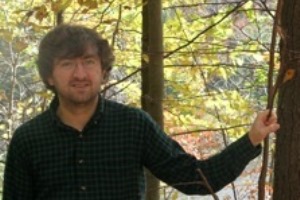ELGAR: The European Laboratory for Gravitation and Atom-interferometric Research

Indeed, after eleven detections (10 Binary Black Holes and 1 Binary Neutron Star), the LIGO-Virgo collaboration, operating in the high-frequency band, is immersed in the third observation run with a lot of new potential candidates. On the other hand, LISA is the future ESA-L3 mission for low-frequency gravitational-wave astronomy. Pulsar Timing Arrays, covering the very-low-frequency band, have sensitivities within the discovery region of the predicted parameter space. And finally, CMB polarization experiments continue their developments for the ultra-low frequency band.
Despite these efforts, there are still gaps to fill in the gravitational wave spectrum. In particular, the deciHertz band is not well covered neither by the ground-based detectors nor by LISA. In this talk, I will present new efforts to fill the deciHertz band with new technology, atom interferometry, and I will talk about the great science that can be done with the proposed detector ELGAR.
